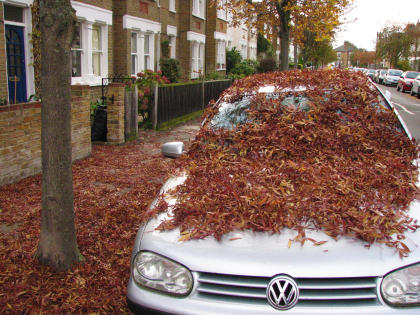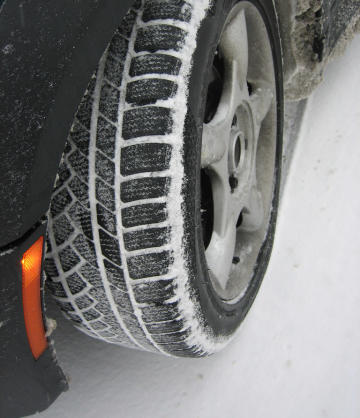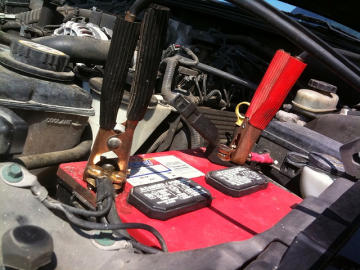Winter Car Maintenance Tips
MORE AT KIPLINGER.COM
Perhaps the first frosts have already coated your windshield, forcing you to dig out the scraper. As you adjust to the coming chill, give a thought to your ride, and check out these nine tips that will keep your car rolling smoothly through winter’s challenges.
We’re assuming you've covered the basics (such as the scraper!) and are up-to-date on your car’s regular scheduled service. Don't postpone that — an annoyance in summer can be a hazard that strands you in the winter.
Don't Make Compost in Your Car
As you tackle fall's bounty on your lawn, leave some energy for removing the leaves that find their way into your vehicle.
Leaves, twigs and other organic matter can cause havoc with gutters on your house — and the equivalent on your car. When debris builds up in areas of your car where water is supposed to flow out, you can get leaks or corrosion.
The air plenum near the windshield is a classic spot where this can happen.
If you have a sunroof, open it up and poke around in there, too. Sunroofs have drains that flow water that sneaks past the seals down to the ground. Leaf gunk in there can make for wet headliners or worse.
Less common, but more problematic: Animals may make nests in the engine compartment or airbox. You may need a mechanic and an animal trapper to fully solve this problem.
Winter Tires
So-called "all-season" tires have been on the market for decades. Coupled with front-wheel-drive and anti-skid systems, they have allowed many folks to avoid mounting a true snow tire for the winter months. But there are two trends in tires you should be aware of:
1) Styling priorities have led to manufacturers fitting wider, low-profile tires on a variety of cars. Wide and low profile, on balance, makes a tire worse in the snow. Pressures to improve tire fuel economy have also worked against the snow utility of all-seasons.
2) Winter tires have improved their behavior from the era of knobby snow tires. New tread patterns and rubber compounds make them quieter on dry roads, yet even more effective on frozen stuff.
If you choose to go with winter tires, note that vendors such as The Tire Rack and Discount Tire Direct offer packages with the tires already mounted on a new set of wheels. Switching the entire wheel for the winter is more cost-effective than having two sets of tires mounted on your existing wheels twice a year.
Wipers for Snow, Too
Fog, snow and rain will cut down your visibility in winter.
Check your wiper blades, which have a lifespan of about a year. If your car doesn’t have the newer "beam blade" style wipers, consider a pair, especially for the winter months. The beam style blades don't have an external spring to freeze up.
When snow or other freezing precipitation threaten, pop your wipers up when you park so they're not touching the windshield. This little trick will make it easier to scrape your windshield and reduce the chance that you burn out the wiper motor by having them turn on while the blades are frozen in place.
Is Your Battery Fully Juiced?
Winter puts more stress on your battery, particularly if you park your car outdoors.
Avoid the sinking feeling of hearing nothing when you hit the ignition with a proactive check of your battery and charging system now. Repair shops don't usually charge very much to load-test your battery, and some car-parts stores will do it for free.
If you find out your battery's going south, you can replace it at your convenience, instead of being at the mercy of whomever your dead car’s been towed to. Note that some big-box stores such as Costco offer a good price on batteries for those of you willing to change one yourself (not usually all that hard, though batteries are heavy.)
Check Your Nethers

 Yahoo Autos
Yahoo Autos 




